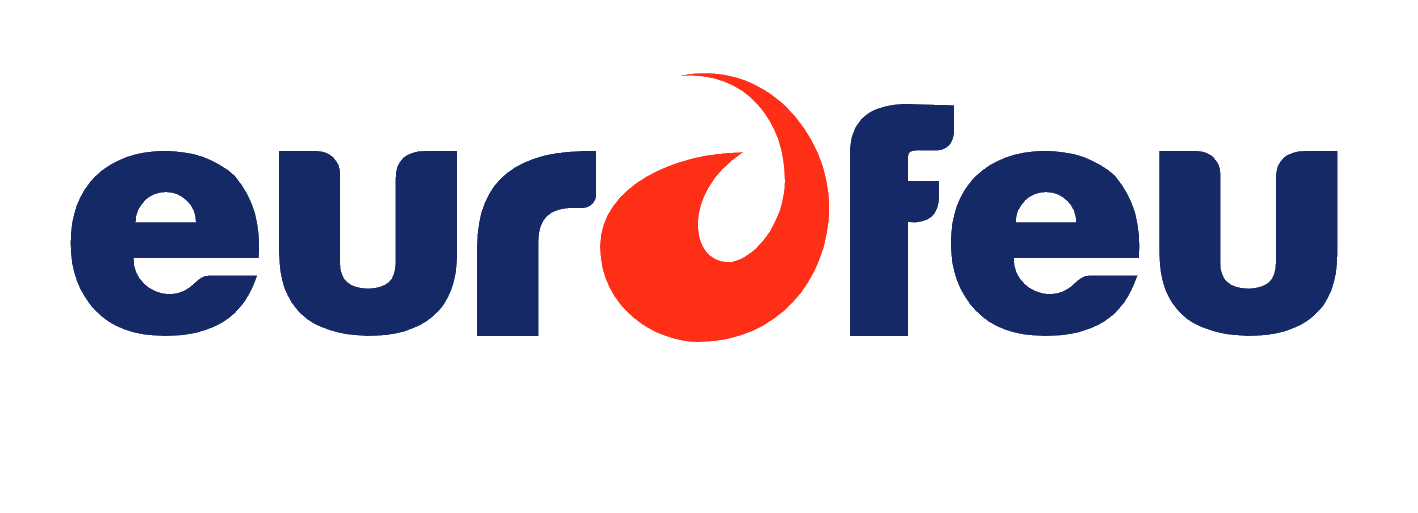SMOKE EXTRACTION SYSTEM
90% of fire victims die as a result of exposure to smoke and combustion gases. Temperature, opacity, reduced oxygen content and the combustion of certain products are very dangerous for occupants.
Smoke extraction is therefore one of the fundamental elements facilitating evacuation. Its purpose is to control the movement of smoke and extract it to limit risks, and facilitate the evacuation of occupants and the intervention of emergency services. It prevents the spread of fire while evacuating heat , helping to maintain structures.
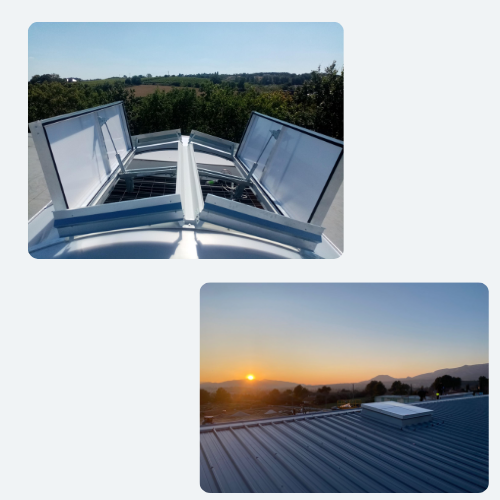
You need personalized support
Our teams are at your disposal to answer any questions you may have.
or
What are the 3 principles of smoke extraction?
The principles of smoke extraction are :
- Facilitate occupant evacuation: By evacuating smoke, the chances of bringing occupants to safety are increased, notably by facilitating access to exits.
- Limiting the spread of fire: Evacuating hot fumes also helps to limit the rise in temperature inside the premises, and to prevent widespread flashover,
- Allowing firefighters access to the premises: By reducing the amount of smoke, emergency services can intervene more easily.
Our technicians do their utmost to guarantee you the best solution, in compliance with strict ISO 9001 and APSAD I17.F17 certified procedures.
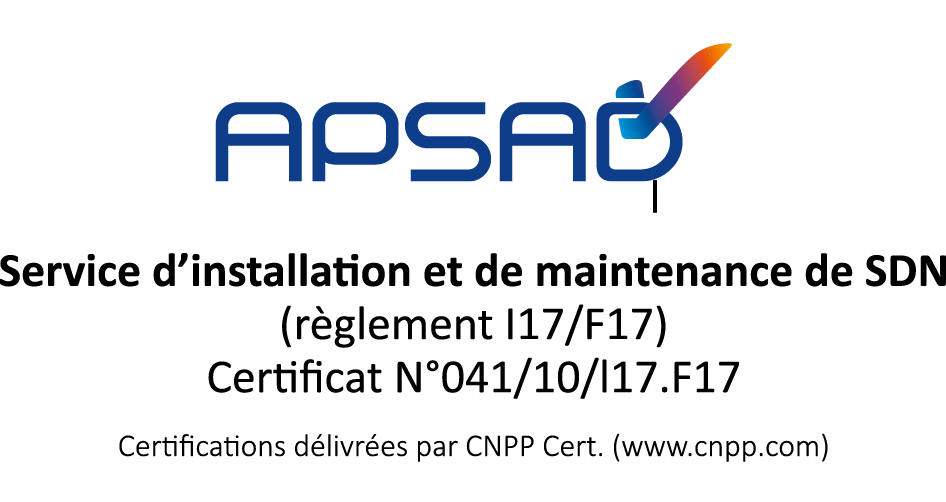
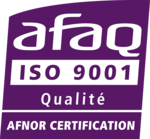

What are the two types of smoke extraction?
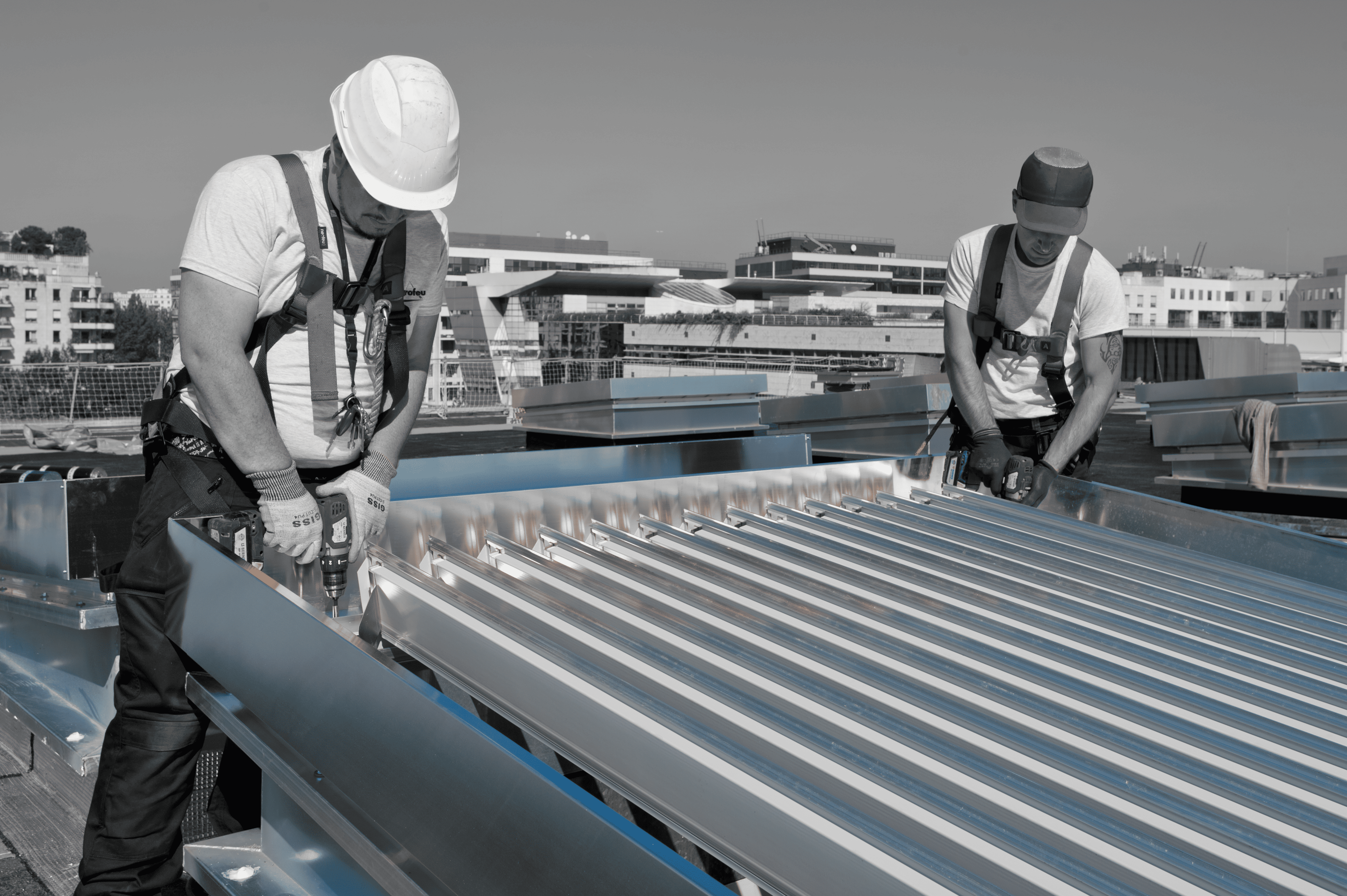
Natural smoke ventilation
Natural smoke extraction is based on the principle of extracting smoke by natural draught. Hot gases are evacuated to the outside via façade frames and DENFCs (Dispositifs d'Evacuation Naturelle des Fumées et de chaleur), also known as roof vents. Façade openings can also be used, if they are at low level, to bring fresh air into the room to be cleared of smoke.
These systems are mainly used for high-volume buildings and stairwells.
The vents are controlled by a variety of devices, including mechanical winch control, pneumatic CO2 cylinder control and electrical control.
Mechanical smoke extraction
Less common and more complex than natural smoke ventilation, mechanical smoke ventilation uses fans to draw in smoke and expel it to the outside via a suitable duct circuit. This sweeping of the volume naturally or mechanically brings in air via supply fans or natural air inlets, and mechanically extracts smoke via vents and dampers connected to extraction fans.
This system is fast and efficient for evacuating large volumes of smoke in a short space of time. It is useful for blind buildings, low-rise buildings with no openings, or certain corridors in ERP and residential buildings.
Mechanical smoke extraction should never be used to remove smoke from staircases. This is because the smoke will most likely originate in adjoining premises, and the mechanical extraction could then dangerously promote the spread of smoke down the staircase, making it inaccessible to people wishing to evacuate the building.
Choose Eurofeu to install your smoke extraction system

We have the know-how and recognized partners to meet your requirements for façade frame equipment, fire dampers, smoke extraction motors and spare parts.
- Smoke control units
- Autonomous trip detectors
- Associated modules
- Stairwell enclosures (CO2, vandal-proof, ...)
- New or reconditioned cartridges
APSAD I17 and F17 certified, we design and implement the installation and maintenance of natural smoke ventilation systems in accordance with current standards.
When is smoke extraction mandatory?
Smoke extraction systems in France are regulated according to the type of building.
work
Labor Code (art R 4216-13 to R 4216-17, art R4216-29 supplemented by the order of August 5, 1992 and DRT circular no. 95-07 of April 14, 1995).
ICPE
Installations Classified for Environmental Protection are regulated by so-called "type" decrees, such as decree 1510.
(E.R.P.)
The decree of June 25, 1980, as amended, and ministerial technical instructions IT 246 and IT 247 set out the requirements for smoke ventilation in public buildings, depending on their category and type.
de Grande
Hauteur)
Smoke extraction in high-rise buildings is governed by the decree of October 18, 1977.
Standards
For French standards on natural smoke ventilation equipment and installation, please refer to :
- EN 12101-2: European standard for natural smoke ventilation systems.
- NF S 61.930: Fire safety systems.
- NF S 61.931 : General provisions.
- NF S 61.932: Installation rules.
- NF S 61.933: Operating and maintenance rules.
- NF S 61.934 : Fire Safety Control Units.
- NF S 61.935 : Signalling unit
- NF S 61.937-1 : DAS : Prescriptions générales.
- NF S 61.938 : Control devices.
- NF S 61.939 : Pneumatic Safety Power Supplies
- APSAD Rule R17
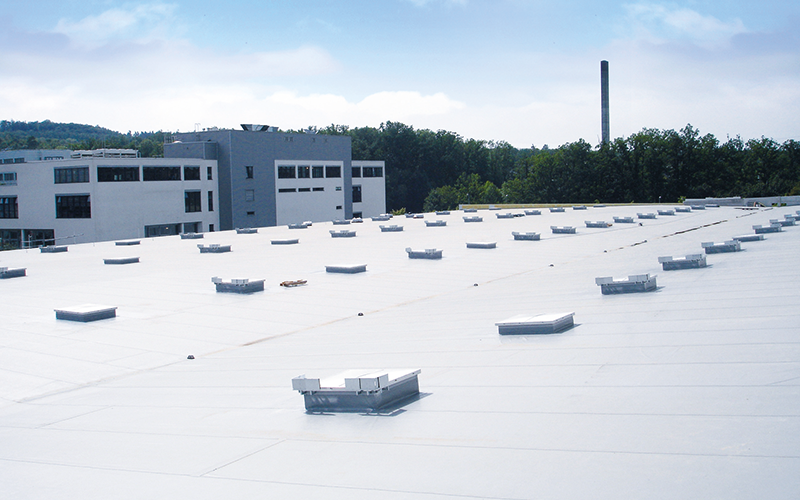
Defines the purpose and principles of smoke ventilation in establishments open to the public. The specific provisions for each type of establishment stipulate the cases in which smoke ventilation is required, and the method for calculating it.
The purpose of this instruction is to set out the rules for smoke extraction, describing the solutions that can be used to:
- protect staircases from smoke or smoke extraction;
- protect horizontal corridors from smoke or smoke extraction;
- remove smoke from premises accessible to the public,
The various smoke extraction systems must be compatible with each other.
Creation Decree no. 2008-244 of March 7, 2008 - art. (V)
Premises over 300 square meters in size on ground and upper floors, blind premises over 100 square meters in size and those located in basements, as well as all staircases, are equipped with a natural or mechanical smoke extraction system.
Creation Decree no. 2008-244 of March 7, 2008 - art. (V)
Natural smoke extraction systems consist of one or more openings at the top and bottom, communicating with the outside, for smoke extraction and air supply.
The total surface area of the smoke evacuation sections is greater than one hundredth of the surface area of the room served, with a minimum of one square meter. The same applies to air supply.
Each opening device of the smoke extraction system can be easily operated from the floor.
Creation Decree no. 2008-244 of March 7, 2008 - art. (V)
In the case of mechanical smoke extraction, the extraction rate is calculated on the basis of one cubic meter per second per 100 square meters.
Creation Decree no. 2008-244 of March 7, 2008 - art. (V)
The procedures for applying the provisions of this section are defined by joint order of the ministers responsible for labor, agriculture and construction.

